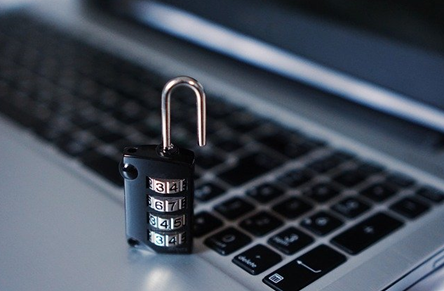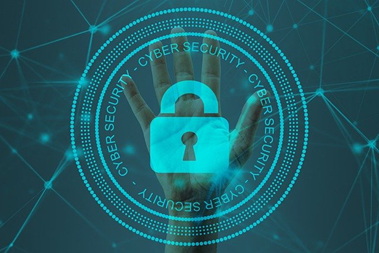We’ve all heard many reports of big cyberattacks on companies and organizations over recent years but it seems this is something to get used to. Hackers continue to find new ways to break into systems, crash networks, and steal data from the highest government levels and largest corporations right down to individual tech users.
The Global Risks Report published by the World Economic Forum in January 2021 analyzes risks from various sources, including geopolitical fragmentation, widening digital divides, and human health and environmental concerns.
While the top risks of the next decade mostly revolved around things like climate action failure and environmental risks, infectious diseases, and weapons of mass destruction, technology factored in, too. Key risks include things like IT infrastructure and network breakdowns and cybersecurity failures. When looking at short-term risks, over 76 percent of respondents believed cyberattacks and related infrastructure risks would increase.
With the global COVID-19 pandemic accelerating technology adoption in many places but also exposing significant levels of cyber unpreparedness and vulnerabilities, it’s no wonder we’re seemingly more at risk of being hacked than ever before. Even governments aren’t immune, with the US government still recovering from one of the biggest hacks of its agencies, in December 2020.
As new president Joe Biden focuses on creating a world-class cybersecurity team and combating cyber threats, it’s a good reminder to us all that we must be vigilant on an individual level. It’s not enough to leave it up to the businesses and organizations we deal with to protect us. Here are some key steps to take today to help keep yourself and your data safe.
Use Security Protection
Ensure you’re using security protection to keep cybercriminals at bay. Buy a quality, full security suite product that provides comprehensive cover for many different threats. For example, you need protection from viruses, spam, spyware, ransomware, and other types of malware. It’s best to choose an option that keeps your identity safe online and that provides real-time threat alerts, too.
Plus, take advantage of the firewall that’s likely pre-installed on your computer; most manufacturers add them these days. However, check the security settings on your device since the firewall may need activation. If there’s no firewall on your computer, purchase a third-party product. These systems are worth utilizing since they add another line of defense against hackers, especially those using the internet to break in.
Keep Tech Updated
It’s crucial, too, to keep all your tech updated at all times. Hackers often take advantage of security gaps that open up in programs that give them an “in” to various systems. Developers know this and update their products to address identified issues. However, if you’re not running the latest versions of different software, you’re leaving yourself more vulnerable to attack.
Set up all your software to automatically update, so you don’t have to remember to do it manually. This way, you’ll always be as covered as possible in this regard. Be sure to update everything from firewalls and security software products to apps, browsers, operating systems, games, plugins, and more.
Choose Decent Passwords
One of the simplest yet effective things you can do to keep cybercriminals at bay is to choose decent passwords for all your tech needs. Quality, hard-to-crack codes are a minimum of eight characters in length and made up of a mixture of options. Fill your password with upper-case and lower-case letters, numbers, and symbols. Select codes that have nothing to do with information you’ve shared publicly anywhere, such as on social media, a blog, a website, or in an interview.
Use proper passwords on your computer and other devices, including your modem, as well as on all the online accounts and apps you log into. Try to pick different codes for different logins so that if one gets compromised, they’re not all vulnerable at the same time. Plus, update your passwords a few times per year for added security. Don’t share your codes, either.

These are some of the best strategies you can use to stay safer in this digital age. Also, be sure to use two-factor authentication wherever possible to increase the difficulty for hackers trying to break in. Educate yourself about the most common threats, so you know the tricks cybercriminals use to dupe unsuspecting criminals, too.
Furthermore, back up all your data so if you’re ever stung by a ransomware attack, you don’t have to pay hackers money to get access to any data they hold hostage. Every step you take to secure your information will help you stay safer.











